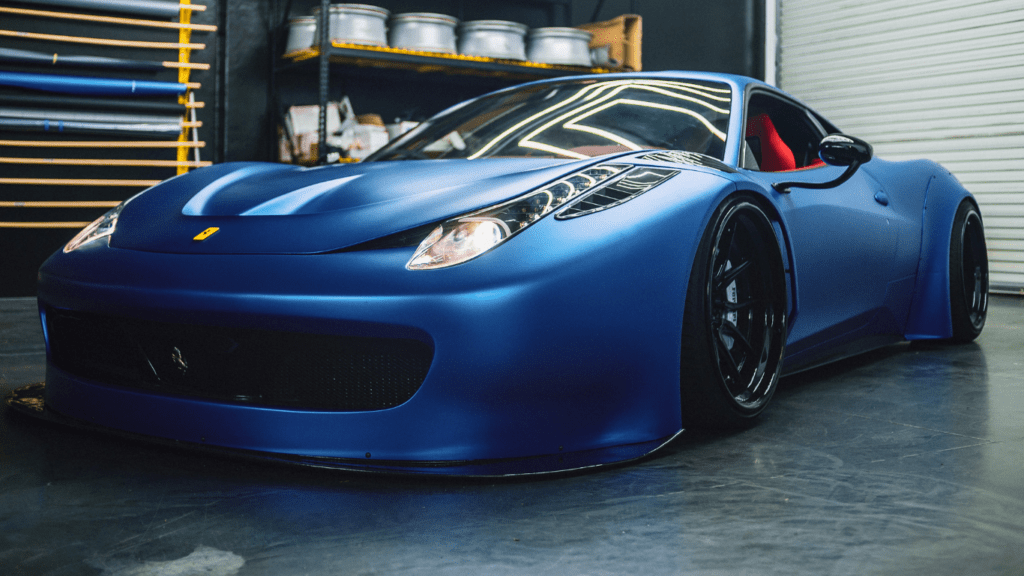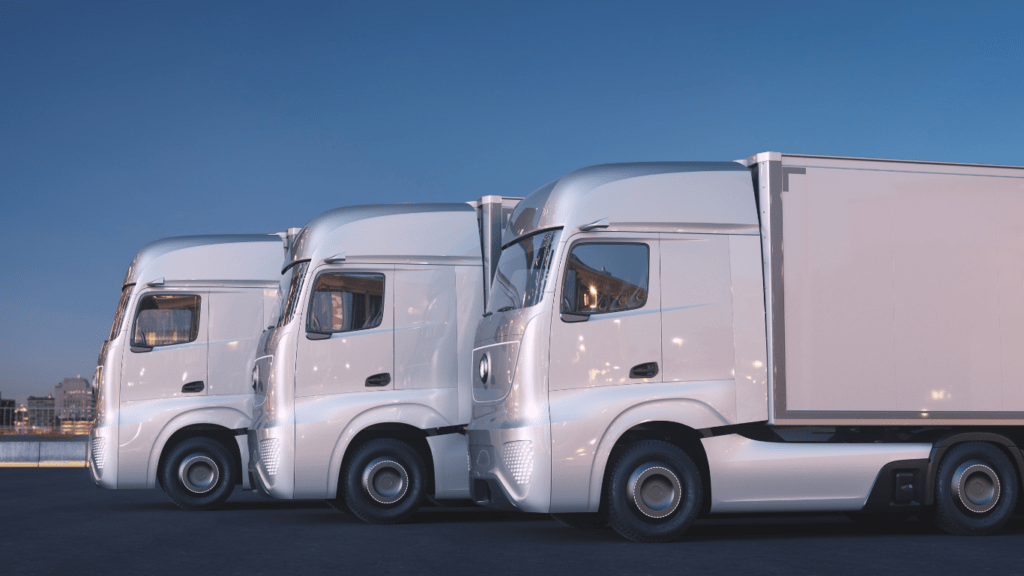Evolution of Car Design
Today’s car designs have evolved significantly due to AI. In the early 20th century, car designs focused on basic functionality and mechanical reliability. Cars featured simple shapes and designs intended for a utilitarian purpose. However, designers began adding aesthetic elements to appeal to consumers when demand grew.
With the introduction of computer-aided design (CAD) software in the 1980s, car designs became more complex and refined. CAD allowed for precise measurements, enabling engineers to create more aerodynamic and efficient vehicles. For example, the Mercedes-Benz S-Class from the 1990s shows significant advances in aerodynamics and safety features compared to its predecessors.
AI has taken car design to new heights. With the aid of machine learning and neural networks, designers can analyze massive datasets to understand trends, predict consumer preferences, and optimize designs in real time. For instance, AI can simulate how changes affect a vehicle’s performance and safety before creating physical prototypes.
AI has also enabled the integration of advanced safety features into car designs. Modern vehicles incorporate systems like adaptive cruise control and automatic emergency braking, which rely on AI to function effectively. Tesla’s Autopilot system, using AI, allows semi-autonomous driving by processing data from sensors and cameras.
3D printing, powered by AI algorithms, has also transformed car design and production. It allows for rapid prototyping, reducing the time and cost involved in creating components. For instance, automaker Ford uses AI-guided 3D printing for prototyping and part production, resulting in faster development cycles.
Through AI, car design now embraces lightweight materials, enhancing fuel efficiency and reducing emissions. AI-driven analyses identify optimal materials for specific parts, balancing performance, sustainability, and cost. BMW uses AI to design and select lightweight materials, improving vehicle efficiency and performance.
Today’s car designs reflect the rapid evolution driven by AI. From streamlining aerodynamics to integrating cutting-edge safety systems, AI shapes the future of vehicle aesthetics and functionality.
Role of AI in Design Innovation
AI has revolutionized modern car design, driving creativity and efficiency. Its integration has marked notable advancements in the design process, impacting both functionality and aesthetics.
Generative Design Techniques
Generative design leverages AI to create optimized design solutions. By inputting constraints such as material type, weight, and cost, AI algorithms generate numerous design iterations in a fraction of the time a human designer would take. For example, the 2019 General Motors Cadillac CT5 used generative design to develop lightweight structural components. Companies can now rapidly prototype and test various designs, resulting in more efficient and innovative vehicles.
AI-Driven Aesthetics
- AI aids in crafting visually appealing designs by analyzing trends and consumer preferences.
- It can process vast amounts of data, identifying patterns that resonate with target audiences.
- BMW’s use of AI in designing the iX3 SUV allowed the integration of sleek, aerodynamic lines influenced by consumer data.
- This data-driven approach ensures that the aesthetic elements of a vehicle align with market demands, enhancing both appeal and sales potential.
- By focusing on these advanced techniques, AI significantly enhances the innovation in car design, ensuring that modern vehicles are not only functional but also visually compelling.
Enhancing Safety Features with AI

Artificial intelligence revolutionizes car safety, making vehicles smarter and more reliable. AI enhances predictive safety mechanisms and collision avoidance systems, setting new standards for modern car design.
Predictive Safety Mechanisms
AI enables vehicles to predict potential safety hazards by analyzing vast amounts of real-time data. Integrated sensors and machine learning algorithms monitor driving conditions, driver behavior, and traffic patterns. For example, AI can assess factors like:
- vehicle speed
- weather conditions
- nearby traffic
If a potential risk is detected, the system alerts the driver or autonomously adjusts driving parameters to mitigate danger. Tesla’s Autopilot exemplifies this capability by predicting and preventing possible accidents.
Collision Avoidance Systems
Advanced collision avoidance systems use AI to prevent accidents before they occur. These systems employ cameras, radar, and lidar to create a comprehensive view of the vehicle’s surroundings. By processing this data, AI can detect obstacles, pedestrians, and other vehicles. If a collision risk is identified, the system can apply the brakes or steer the vehicle to avoid impact. Volvo’s City Safety technology is a prime example, as it autonomously intervenes to prevent collisions, enhancing overall vehicle safety.
Improving Manufacturing Efficiency
AI significantly enhances manufacturing efficiency in the automotive industry. It optimizes various processes, ensuring higher productivity and quality.
AI in Quality Control
AI plays a pivotal role in quality control by automating inspections and reducing human error. Image recognition algorithms detect defects in parts and components, ensuring consistent quality. For example, BMW uses AI-powered cameras to inspect welding seams, preventing potential structural issues. Machine learning continuously improves these systems by learning from previous inspections, adapting to new defect types. This results in fewer recalls and higher customer satisfaction.
Robotics in Assembly
Robotics in assembly lines streamline production processes, increasing speed and precision. AI-powered robots handle complex tasks such as welding, painting, and assembling intricate components. They work alongside human workers, enhancing productivity without compromising safety. For instance, Tesla’s Gigafactory employs AI-driven robots to manufacture electric vehicles, significantly reducing production time. These robots also gather data to optimize workflow and prevent bottlenecks, ensuring smooth and efficient operations.
Environmental Impacts
AI’s role in modern car design extends beyond aesthetics and functionality, significantly impacting environmental sustainability.
AI for Fuel Efficiency
AI optimizes fuel efficiency by analyzing driving patterns and engine performance in real time. Systems predict and adjust fuel consumption to minimize waste. For example, Audi uses AI to enhance their predictive efficiency assistant, adjusting speed and routes for optimal fuel use. Hybrid and electric vehicles benefit from AI by optimizing the energy management system, maximizing battery life, and reducing energy waste.
Sustainable Materials
AI aids in selecting and developing sustainable materials that reduce environmental impact. It analyzes material properties and their environmental footprint to choose the most eco-friendly options. For instance, BMW employs AI to identify materials that are lightweight yet durable, such as carbon-fiber-reinforced polymers. AI-driven design processes increase the use of recycled materials, contributing to a circular economy. This results in cars with lower emissions and a smaller carbon footprint.
Challenges and Ethical Considerations
While AI brings numerous benefits to modern car design, several challenges and ethical considerations exist.
Data Privacy Issues
AI relies heavily on data collection to enhance car design and driving experiences. Modern vehicles gather vast amounts of data through sensors, cameras, and connected systems, tracking everything from driving habits to real-time vehicle performance. This raises significant concerns about data privacy. Unauthorized access can lead to misuse of sensitive information, potentially putting drivers’ personal data at risk. The implementation of strict data governance policies and robust encryption methods can mitigate these risks but may impede the speed of innovation.
Job Displacement Concerns
The integration of AI in the automotive industry has streamlined manufacturing and design processes but has also led to job displacement concerns. Traditional roles in design, manufacturing, and maintenance are increasingly automated, leading to fewer employment opportunities for workers in these fields. For example, AI-powered robots in Tesla’s Gigafactory enhance productivity but reduce the need for human labor in certain tasks. Companies must invest in upskilling and reskilling programs to ensure workers can transition to new roles within the evolving industry.




